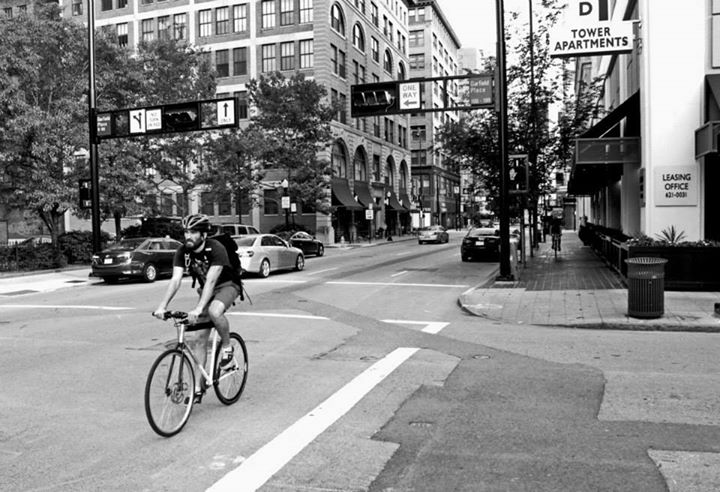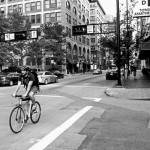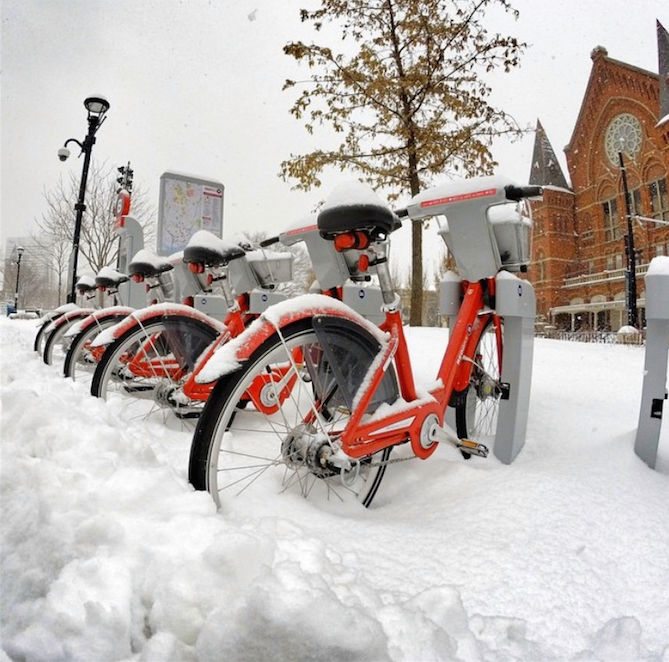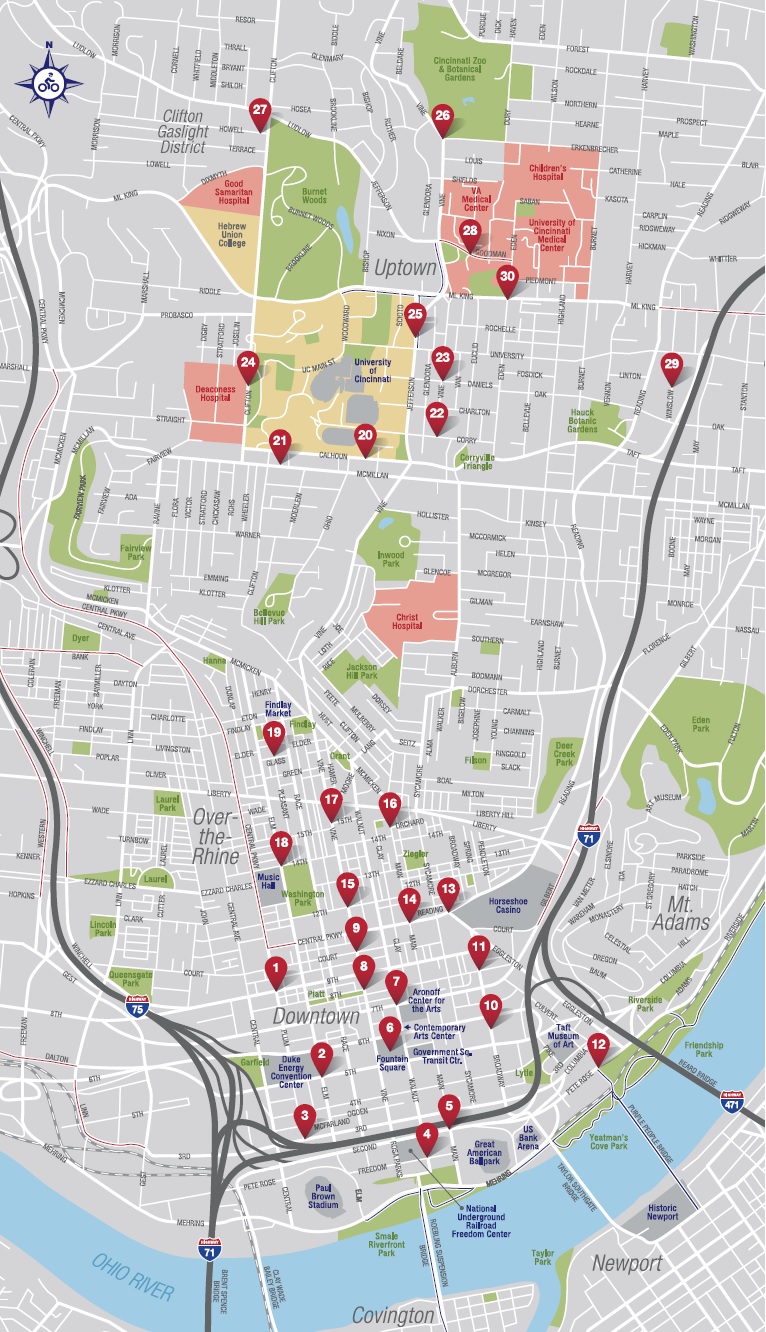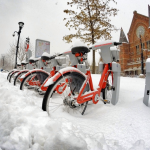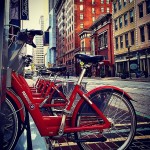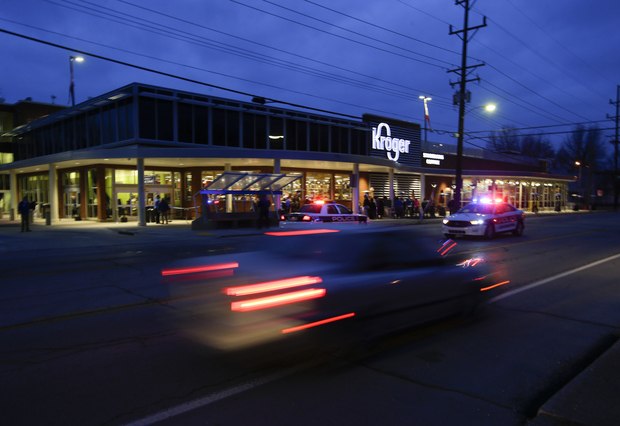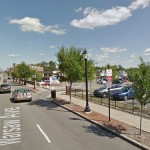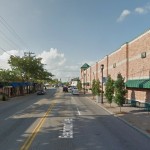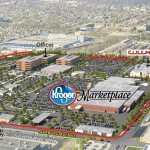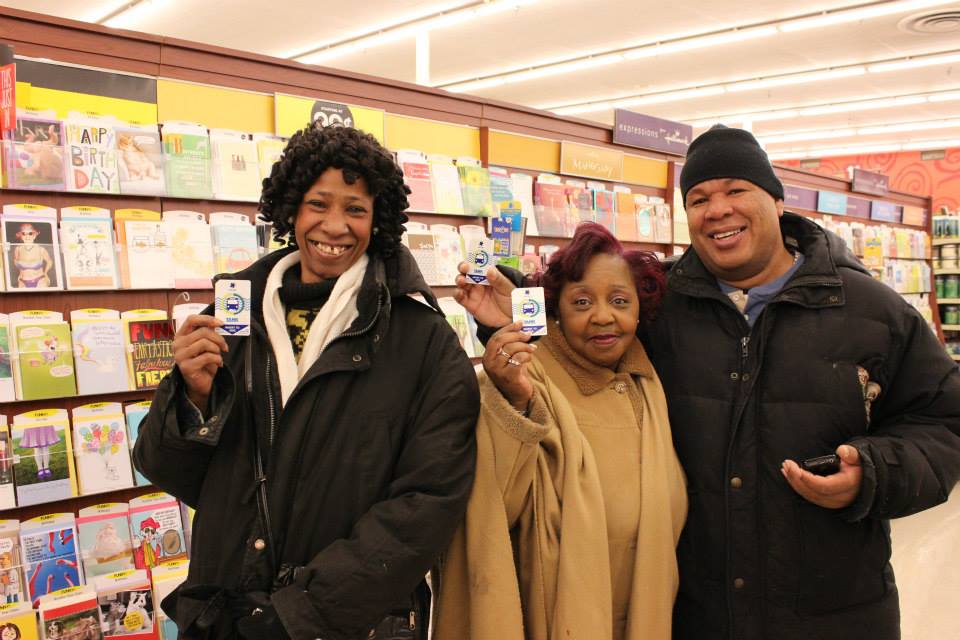After years of few options for those seeking food or product delivery in Cincinnati, several companies have started to spring up over the past year. One of those includes 53T, which is not only offering delivery services, but doing so in an effort to bring back the city’s once vibrant bike courier industry.
Although limited to Over-the-Rhine, Downtown and the West End, 53T offers delivery from seven different restaurants, and parcel delivery that utilizes their cargo bikes and trailers.
Local eateries served by 53T include Happy Belly on Vine, Pho Lang Thang, Cheapside Café, Quan Hapa, Park+Vine and Brezel. Pi Pizzeria was most recently added in February.
Dave Adams and Ian Bulling partnered to start 53T early last year. The two started working on the concept independently, but were introduced to each other in January 2014, and decided to team up.
Each has their own reason for wanting to start the business. Bulling was working as a bicycle messenger and wanted to keep making a living at it, while also bringing back the bike messenger community that existed in the city a decade ago.
“Like the advertising industry, legal work involved a continual flow of documents circulating throughout the city,” Jeffrey Kidder wrote in his 2011 book entitled Urban Flow: Bike Messengers and the City. “While the advertising industry is an example of why bike couriers are still useful, it should be apparent that much of what messengers were delivering in the early 1980s can now be digitized…In fact, messengers today are delivering little more than the table scraps remaining from the grand conversion to virtual data.”
In understanding that changing landscape, Adams says it was the lack of restaurant delivery options prompted him to enter the business. After identifying that need, he worked with Bulling to develop a business plan, and then go through the CO.STARTERS business planning course for creative entrepreneurs.
“It really helped in synthesizing getting our ideas together, realizing what we had to do on a daily basis, on a yearly basis, as far as stuff as basic as tax filings,” said Bulling. “There were a lot of things we overlooked initially, and it helped to get some dialogue started between us that may not have otherwise happened.”
Bulling explained that their business is named for a 53 tooth, which is typically the largest chain ring on a road bike, and equates to the quickest gear on a bike.
Adams and Bulling are 53T’s principal couriers, but they say that they employ other riders as contractors and demand dictates. That demand, Bulling says, has been picking up since their launch last June.
“We have gotten an explosion in volume since the new year” Bulling explained. “We got a spike in October when it started getting cold and then in January we got hit hard.”
In mid-February they extended evening delivery hours to 9pm, with service from Pi Pizzeria, Quan Hapa and Brezel during those expanded times. Currently 53T only offers service on weekdays, but Bulling noted that they have contemplated the idea of adding weekend service as well. The problem, he says, is that their clients are so busy on weekends that they are concerned about adding to their kitchen volume with deliveries.
In the future, the pair also is looking to add service to areas outside of the center city.
“Since our model is so simple, when we get to that point it’s just as easy as transplanting to Northside or Mt. Adams or Walnut Hills,” Adams explained.
From there he says that they would most likely create different zones throughout the city that would operate separately from one another, but under the same organizational structure.
In many cities, including Cincinnati, courier services like this have taken a hit due to the increasing use and reliability of electronic communications. Since the courier industry had typically focused on the delivery of documents, Adams and Bulling said they needed to find a new niche delivering food and parcels.
“I think the model in the industry has been expanding to be as flexible as possible, diversifying the kind of work you’re doing,” stated Bulling. “I think there’s a lot of potential for same-day retail delivery.”
Same-day delivery is something a number of businesses in the center city are already doing on their own, but the potential seems even greater to Adams and Bulling. They have added delivery options for Park+Vine, for example, but so far just focus on their lunch counter.
“We wanted them [Park+Vine] as a client so when we do expand into doing grocery delivery or ancillary items, we will already have them as a client and it will be easy to get started.”
They are not alone in their positive outlook on the industry, as Cincybite launched similar offerings at the end of 2013. One key difference between the two, however, is that Cincybite utilizes cars for their operations instead of bikes.
“I think the thing that distinguishes us from those companies is that we love what we do and we take what we do very seriously,” Bullings responded. “We believe that what we do takes a certain unique set of skills and physical ability, and I think that dedication and passion comes through in our work. Plus, we’re faster than cars.”
